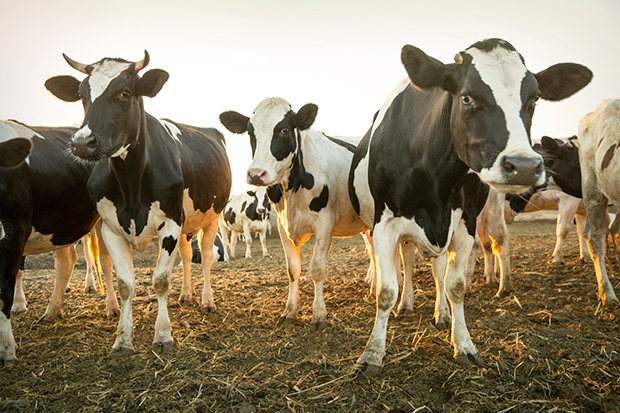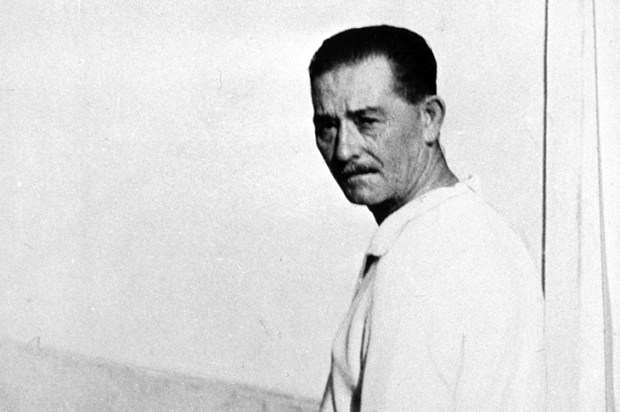Margaret Forster, who died on 8 February, excelled at writing about complex relationships between women. Even old friends, she demonstrated, can experience jealousy, disapproval or dislike.
Here, ‘Sarah’ has changed her name to live incognito on the west coast of Cumbria, in a town chosen at random. When she gets locked out of her house, a bond is formed between her and her elderly neighbour Nancy — whose deceased friend Amy once owned Sarah’s rental and left Nancy a key.
Although Sarah is ostensibly the one with ‘a past’ (prison), it was Nancy whom I found most interesting. She first appears as a typical busybody, spying from her window, curmudgeonly and suspicious, particularly about ‘Amy’s lad’ who inherited ‘next door’. After Amy’s funeral, Nancy had been enraged by his leaving a pot plant on her doorstep: ‘for the help given to our beloved sister and aunt’. ‘Beloved!…. Not given to her, properly… only a chrysanthemum.’
Nancy prides herself on seeing things plainly, whereas Sarah can embroider. Why was she locked up for ten years? Her three old schoolfriends in the south dropped her after she was sentenced. Claire, one of those capable women who wants to do the right thing, invites her to a reunion. Undecided, resentful, Sarah keeps her head down in a mundane job, despite her chemistry degree.
Forster shows the women’s interactions. Claire and the others recall Sarah confiding secrets, and making each confidante feel favoured. But even during the friends’ apparently frank discussions about Sarah’s infancy and brief marriage, they still withhold certain facts from one another. This is so true to life.
Meanwhile, Nancy, widowed, childless and alone, despite visits to a pensioners’ club, fights against her own kindness. When Sarah apologises to her in a café for ‘being full of lies’, she backs off. ‘Nancy shuddered. Always a mistake, letting someone confess to you.’ But when she spills her soup, Sarah is touched by Nancy’s comforting words: ‘Don’t fret!’
And Nancy herself lets her guard down when Sarah, on a car trip, asks what was there before ‘that scary building’ (Sellafield).
‘Farms,’ Nancy said, and then, in a rush of speech which was out of her mouth before she thought better of it, ‘our farm was one of them. Compulsory purchase, they said. My dad went mad, but it was no good. Lost all his cows.’
Her father had taught her how to measure a cow.
Nancy, whom the reader initially dislikes, emerges as strong and gallant. Sarah, initially sympathetic, is a conundrum — to herself, her friends and perhaps even her creator. Forster’s skill is to show how very different characters shift and develop according to what life throws at them. Some never get over their past.
Got something to add? Join the discussion and comment below.
Get 10 issues for just $10
Subscribe to The Spectator Australia today for the next 10 magazine issues, plus full online access, for just $10.
Available from the Spectator Bookshop, £13.99. Tel: 08430 600
You might disagree with half of it, but you’ll enjoy reading all of it. Try your first month for free, then just $2 a week for the remainder of your first year.














Comments
Don't miss out
Join the conversation with other Spectator Australia readers. Subscribe to leave a comment.
SUBSCRIBEAlready a subscriber? Log in